中国丰富的文化画卷中交织着无数艺术瑰宝,而秦腔,便是其中浓墨重彩的一笔,生动展现着中华悠久的戏曲传承。
今天,就让我们跟随陈宇博同学的脚步,一同走进秦腔的艺术世界,感受这份来自西北大地的独特魅力。
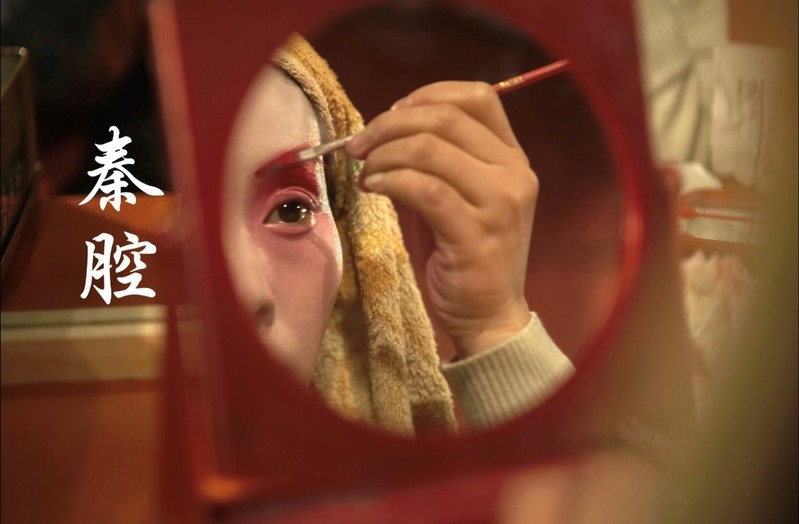
介绍:大家好,我是来自翻译2401班的陈宇博,我喜欢听音乐,看电影。作为一名翻译专业学生,我愿以语言为桥,传播中华文化之美。

原文:
Qinqiang is one of the traditional Chinese operas, originating from Shaanxi Province and is a prominent regional opera from the Northwest region of China. Known for its vigorous, high-pitched singing and quick tempo, Qinqiang is one of the five major Chinese operatic styles and is considered one of the oldest opera forms in China, with a history dating back to the Han Dynasty. The melodies and singing style of Qinqiang are influenced by local Shaanxi music and folk songs, and its plays cover a wide range of themes including history, mythology, and folk stories.
Qinqiang's origins can be traced back to the Qin Dynasty (221 - 207 BC), but it became most influential during the Yuan and Ming Dynasties. Initially, Qinqiang was a form of folk entertainment performed at temple fairs and markets in Shaanxi and surrounding regions. Over time, Qinqiang gradually absorbed elements from other regional opera forms, developing into an independent dramatic genre.
During the Qing Dynasty, Qinqiang experienced further development, especially in the Shaanxi, Gansu, and Ningxia regions, where it became widely influential. Asperformance venues expanded, its influence gradually spread across China. In the early 20th century, Qinqiang entered a golden period, with the emergence of renowned actors and plays, solidifying its importance in Chinese theatrical culture.
Qinqiang is distinguished by its unique performance style, characterized by a strong regional flavor. Its singing is bold and high-pitched, with a fast tempo and a sense of power. Performers' acting style is direct and simple, focusing on character development and emotional expression. Many of Qinqiang's songs and melodies have a strong folk music influence, making them simple, straightforward, and highly evocative.
The roles in Qinqiang are divided into four main categories: Sheng, Dan,Jing, and Chou.
• Sheng: Male roles, including subtypes such as Laosheng (elderly men) and Wusheng (martial men).
• Dan: Female roles, including Qingyi (elegant women) and Huadan (young women).
• Jing: Distinctive and often villainous characters, marked by exaggerated facial makeup and dramatic performance.
• Chou: Comic roles, typically humorous and satirical.
Each category has its own unique singing techniques and performance skills, and the performers' voices, acting, and body movements are all highly precise.
Qinqiang has a rich repertoire, with classic plays such asFarewell My Concubine,”Three Branches of the Road,Striking the Golden Branch,and Li Bai. These plays often focus on historical figures, ancient legends, and folk tales, offering high artistic value and cultural depth. The dialogue in Qinqiang is usually straightforward and simple, often emphasizing dramatic conflict and emotional intensity.
As an important regional opera, Qinqiang carries significant cultural value. It embodies the rich history and cultural heritage of the Shaanxi region and reflects the spirit and character of the Northwest people. The preservation of Qinqiang is not only a way to protect this traditional art form but also a means of preserving and promoting the culture of the Northwest.
Globally, Qinqiang' s influence is gradually expanding. Many performance troupes bring this traditional art to international stages, showcasing the artistic charm of China's Northwest. As part of China's intangible cultural heritage, inqiang has been protected and passed down, becoming an important part of the world's cultural treasure.
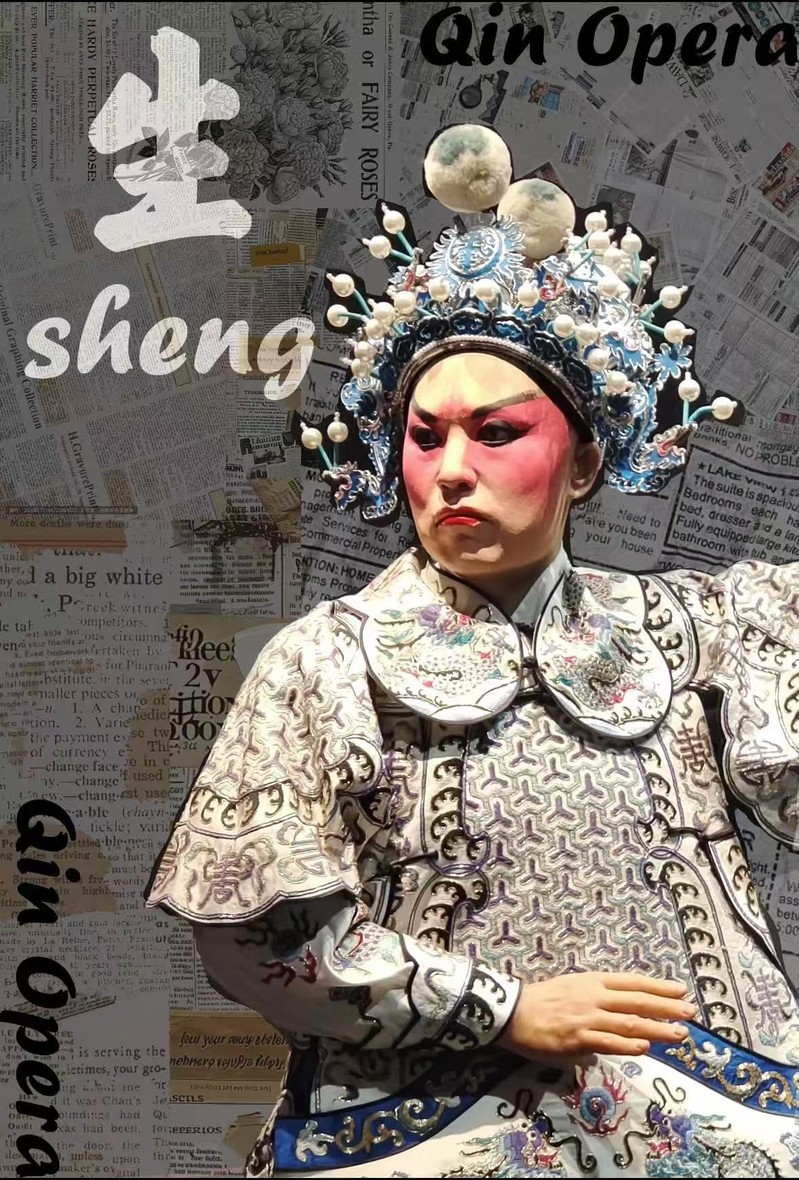
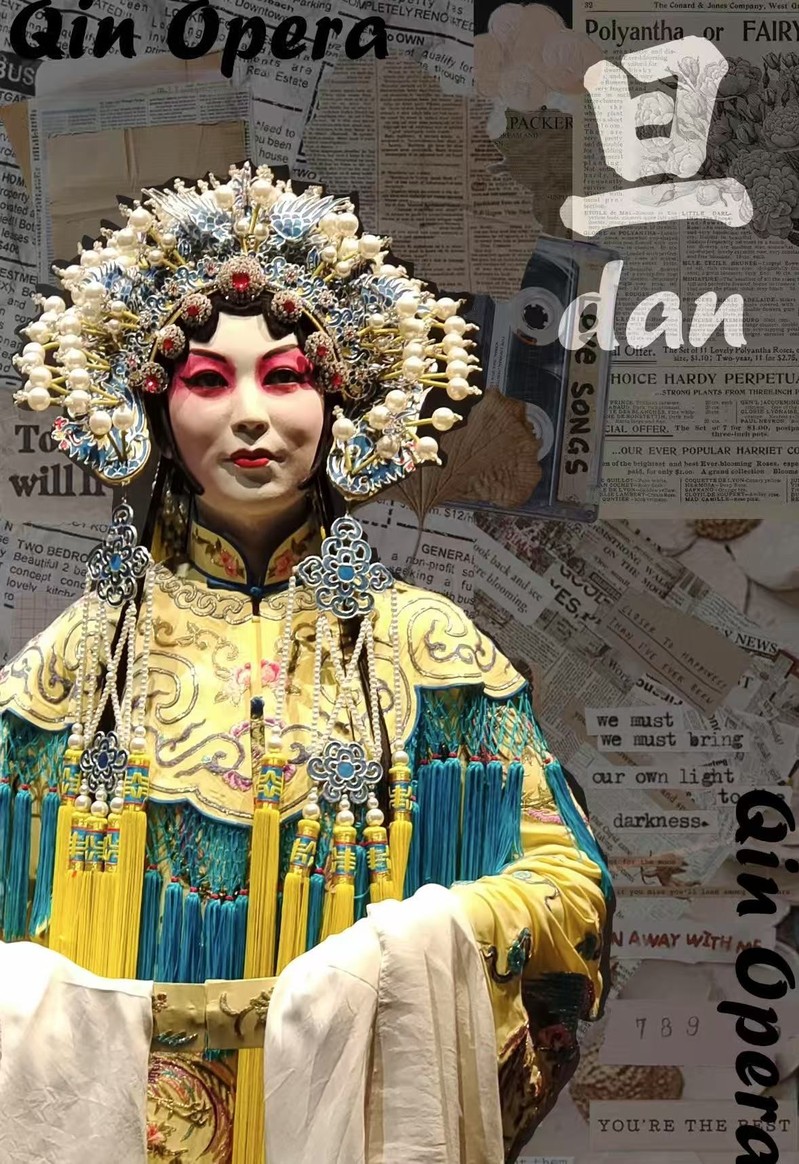
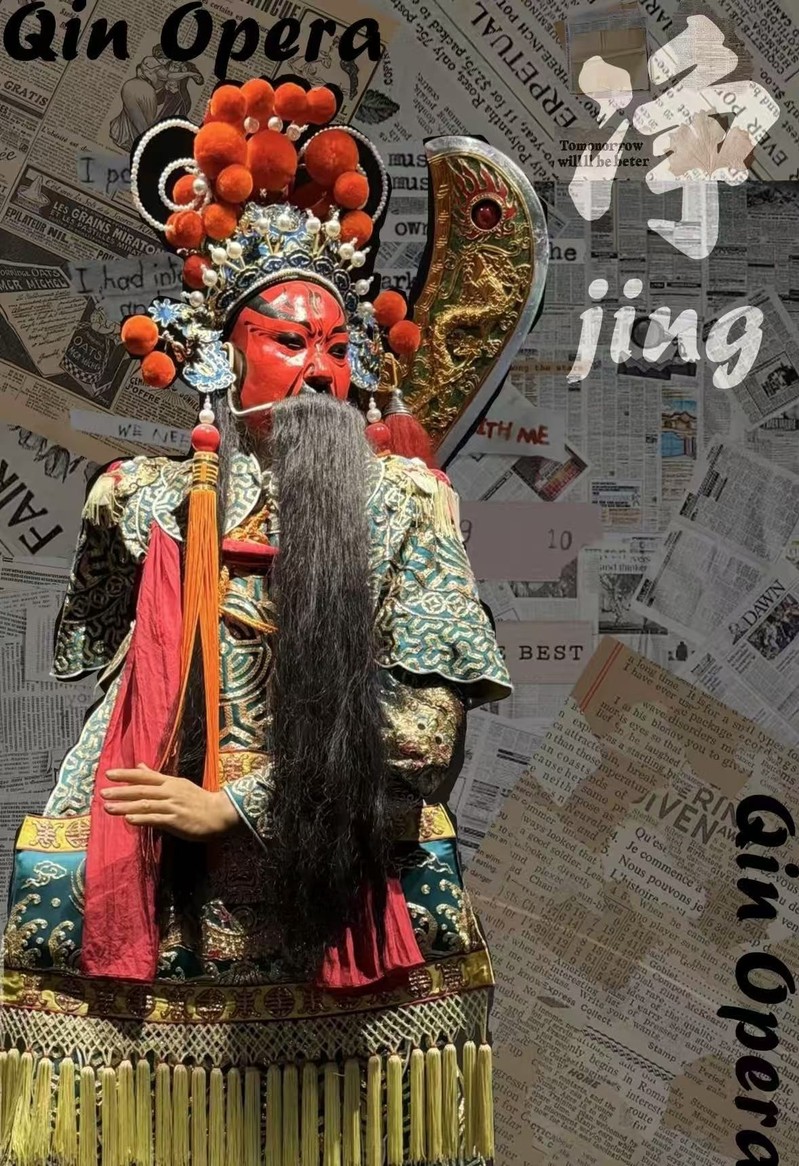
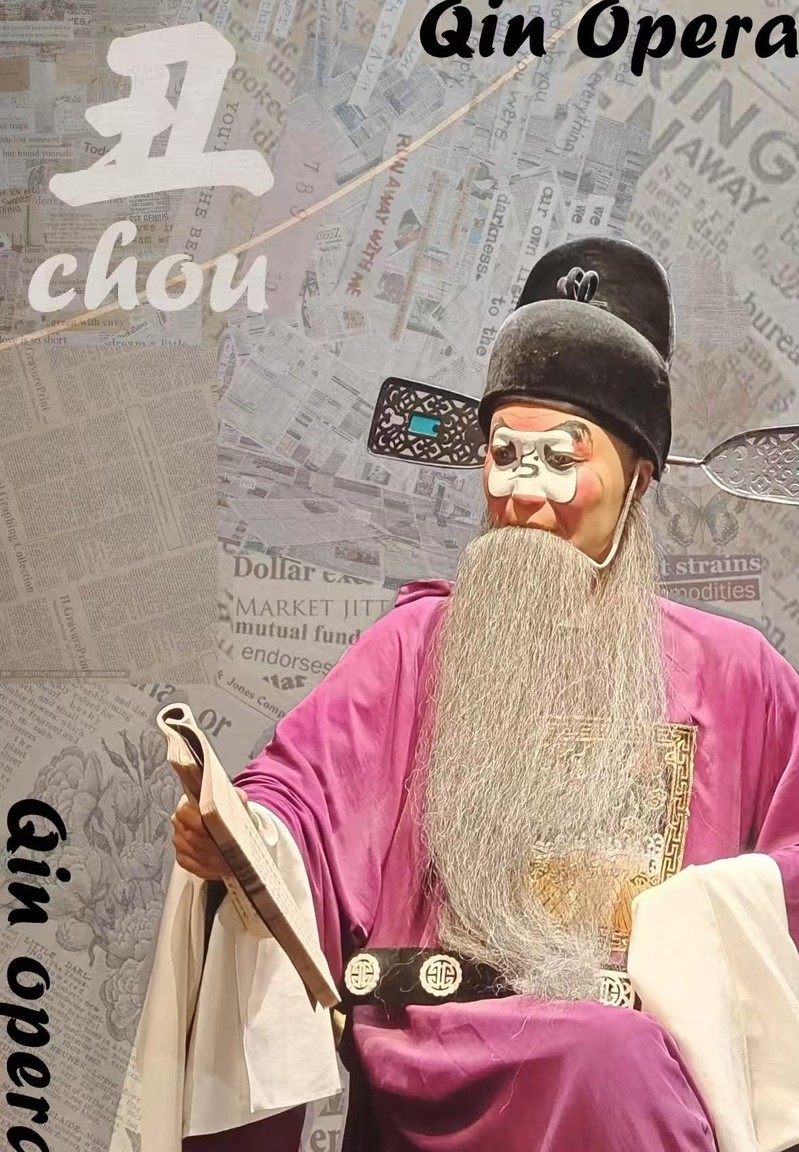
(本文摘录自中国传统文化双语阅读2025-3-27)
译文:
秦腔是中国传统戏剧之一,起源于陕西省,属于西北地区的地方戏曲。秦腔是中国五大剧种之一,以其高亢激昂、节奏明快、直白有力的表现风格著称。它的历史悠久,可以追溯到汉代,是中国最古老的剧种之一.秦腔的歌唱形式受到陕西地方音乐和民歌的影响,其剧目内容丰富,涵盖了历史、神话、民间故事等多方面的題材。
秦腔的起源可追溯到秦朝(公元前221年一公元前207年)时期,但最具影响力的时期是在元代及明代.秦腔最初是作为民间娱乐的形式,在陕西及周边地区的庙会、集市等场所上演。后来,秦腔逐渐与其它地方戏曲艺术相互融合,逐步发展成一具有独立特色的剧种。
秦腔在清代获得了进一步的发展,尤其在陕西、甘肃、宁夏等地区具有广泛的影响力.随着演出场所的扩展和传播,秦腔的影响力也逐渐从西北地区扩展至全国.20世纪初,秦腔进入了一个黄金时期,许多知名的秦腔演员和剧目诞生,并逐渐在中国戏剧文化中占据了重要地位。
秦腔的表现风格独特,具有强烈的地方特色.它的唱腔高亢激昂,音调较高,节奏较快,充满力量感.秦腔演员的表演风格直接、质朴,强调人物性格的塑造和情感的表达。由于秦腔深受陕西民间音乐的影响,很多剧目中的歌曲和旋律都有浓厚的民间音乐气息,简洁、直白且富有感染力。
秦腔的角色分为“生”“且”“净”“丑”四大行当。
“生”:主要扮演男性角色。
“旦”:主要扮演女性角色。
“净”:是性格鲜明的角色,通常是反派角色。
“丑”:则是滑稽可笑、具有幽默感的角色。
每个行当都有自己独特的演唱方式和表演技巧,演员的嗓音、演技和胶体动作均要求精准到位。
秦腔的经典剧目众多,其中包括《霸王别姬》、《三岔口》、《打金枝》、《李白》等。这些剧目以历史人物、古代传说、民间故事为题材,具有很高的艺术价值和文化内涵.秦腔的剧目大多语言质朴、直白,表现了强烈的戏剧冲突和情感张力。
秦腔作中国重要的地方戏曲之一,具有很高的文化价值。它承载着陕西地区深厚的历史文化底蕴,并体现了西北人民的精神风貌.秦腔的传承不仅是对这一传统艺术形式的保护,也是对西北文化的传承和弘扬。
在全球范围内,秦腔的影响力逐渐扩大。许多演出团体将秦腔的传统艺术带到国际舞台,向世界展示中国西北的艺术魅力.秦腔作为中国非物质文化遗产的一部分,也得到了保护与传承,成为世界文化宝库中的重要一员。

四六级关键词,接住啦
Originate 起源于
Prominent突出的;显著的
Vigorous - 有力的;充满活力的
Melody 旋律Solidify 巩固;使凝固
Mythology - 神话
四六级暴击,小试牛刀
1. When did Qinqiang become most influential?
A. Han Dynasty
B. Qin Dynasty
C. Yuan and Ming Dynasties
D. Qing Dynasty
Answer: C
解析:根据第二段第二句“but it became most influential during the Yuan and Ming Dynasties”,秦腔在元明时期影响力最大。答案位于第二段。
2. Which of the following is NOT a main role category in Qinqiang?
A. Sheng
B. Mo
C. Jing
D. Chou
Answer: B
解析:第五段明确提到四大角色为“Sheng, Dan, Jing, Chou”,“Mo”(末角)未被提及。答案位于第五段。
3. What is a key feature of Qinqiang's singing style?
A. Soft and low-pitched melodies
B. Fast tempo and high-pitched singing
C. Slow rhythm with gentle lyrics
D. Whispering vocals with minimal accompaniment
Answer: B
解析:第四段指出其演唱风格为“bold and high-pitched, with a fast tempo and a sense of power”,B选项与原文描述一致。答案位于第四段。



